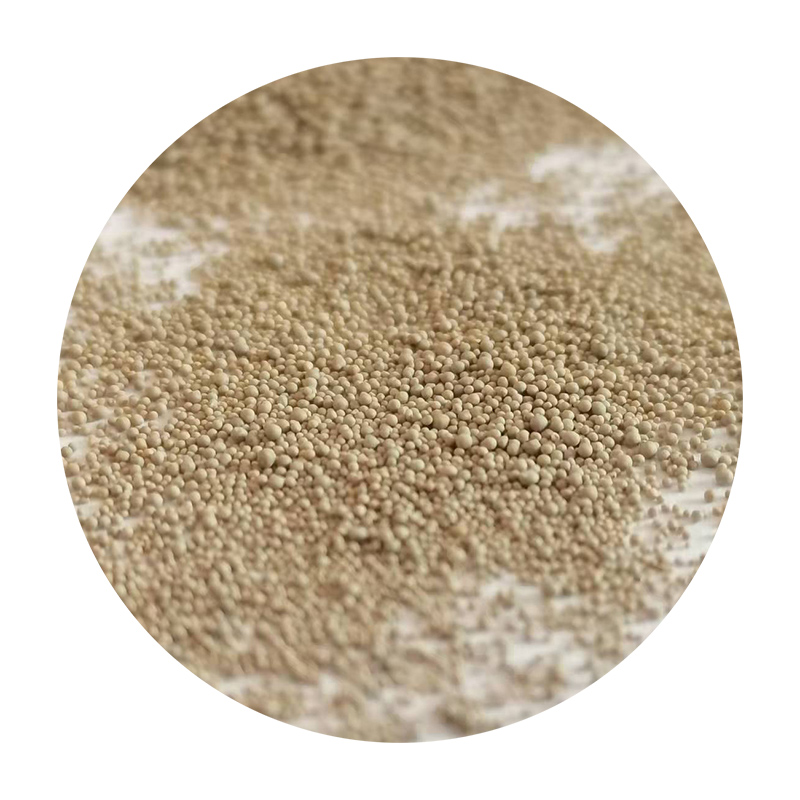Precision Sand Casting An Overview
Precision sand casting is a pivotal manufacturing process that combines traditional sand casting techniques with modern innovations to produce high-quality, intricate metal parts. This process is widely employed in various industries, including automotive, aerospace, and industrial machinery, due to its versatility, cost-effectiveness, and the ability to create complex geometries. In this article, we will explore the fundamentals of precision sand casting, its advantages, applications, and the steps involved in the process.
Understanding Precision Sand Casting
At its core, precision sand casting involves creating a mold out of sand, which is then used to form metal objects. The primary materials used in this process are silica sand, a binder (usually clay), and water. The term precision signifies that this method can produce parts with tighter tolerances and better surface finishes compared to traditional sand casting techniques.
The Process of Precision Sand Casting
1. Pattern Creation The first step in precision sand casting is to create a pattern of the part to be manufactured. Patterns are usually made from materials such as metal, wood, or plastic and are meticulously designed to ensure that they reflect the dimensions and details of the final product.
2. Mold Preparation Once the pattern is ready, it is used to create a mold. This is achieved by compacting sand mixed with a binder around the pattern. The mold is formed in two halves—cope and drag. After the pattern is removed, the two halves of the mold are assembled, forming a cavity that will hold the molten metal.
3. Pouring the Metal The next step is to heat the chosen metal alloy until it reaches a molten state. The molten metal is then poured into the mold cavity. This step requires precision to avoid defects such as air pockets or inclusions, which can compromise the integrity of the final product.
4. Cooling and Solidification Once the mold is filled, the metal is allowed to cool and solidify. The cooling rate can significantly affect the mechanical properties of the metal, making it crucial to control this parameter.
5. Mold Removal After sufficient cooling, the mold is separated, and the newly cast part is removed. This step may involve breaking away the sand mold, particularly for single-use molds.
6. Finishing Processes The final step involves finishing procedures such as cleaning, machining, and heat treatment to achieve the desired specifications and surface characteristics. This can include sandblasting, grinding, and polishing to eliminate any imperfections.
precision sand casting

Advantages of Precision Sand Casting
The precision sand casting process offers numerous advantages that make it a preferred choice for many manufacturers
- Cost-Effective Compared to other precision manufacturing methods, sand casting is relatively inexpensive, especially for small to medium production runs.
- Material Versatility A wide range of metal alloys can be used in sand casting, including aluminum, bronze, and iron, allowing for flexibility in selecting material properties.
- Complex Geometries The ability to create intricate shapes and detailed features makes precision sand casting ideal for applications requiring complex designs.
- Large Parts It is suitable for fabricating large, heavy components, as it can accommodate significant weight without compromising dimensional accuracy.
- Tight Tolerances Advances in technology, including computer-aided design (CAD) and computer numerical control (CNC) machining, allow for tighter tolerances and more precise final dimensions compared to traditional sand casting techniques.
Applications of Precision Sand Casting
Precision sand casting is utilized across a wide spectrum of industries. In the automotive sector, it is used to manufacture engine blocks, transmission cases, and various structural components. In aerospace, precision sand casting is critical for producing parts that require high strength-to-weight ratios, such as turbine housings and landing gear. Additionally, industrial machinery components, such as valves and pumps, often rely on precision sand casting for their production.
Conclusion
In conclusion, precision sand casting stands as a cornerstone of modern manufacturing, enabling the production of high-quality, complex metal parts. Its cost-effectiveness, adaptability, and ability to achieve tight tolerances make it an indispensable process in various industries. As technology continues to evolve, the precision sand casting process is likely to become even more refined, pushing the boundaries of what is possible in metal casting.
Post time:Dhj . 26, 2024 06:05
Next:Tips for Properly Sanding Resin for a Smooth Finish
